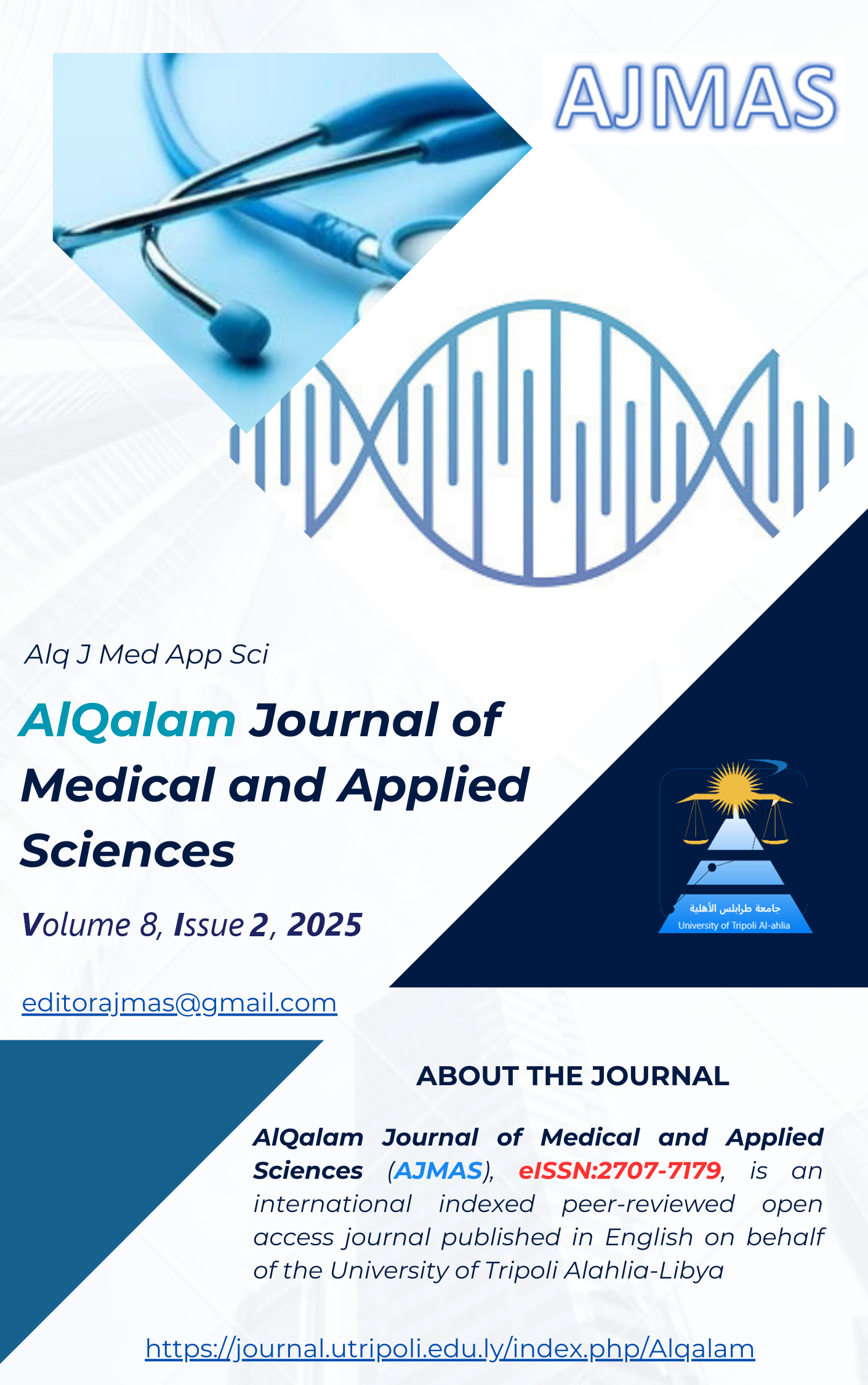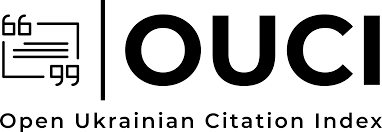Physicochemical Characterization and Comparative Assessment of Salt Samples from the Libyan Coastline
DOI:
https://doi.org/10.54361/ajmas.2582104Keywords:
Salt Quality, Moisture Content, Heavy Metals, Edible Salt, De icing Salt..Abstract
This study aimed to evaluate the quality of salt sourced from the Libyan coast and assess its physicochemical properties in comparison with national and international standards (PN-C-84081-2:1998, PN-EN-16811-1:2016). The research focused on determining its suitability for both edible salt and de-icing applications. The samples were analyzed for moisture content, mineral composition, metal contamination, and particle size distribution, and results were compared with established limit values. The results indicated that the salt possessed a coarse crystalline structure, with a moisture content ranging from 2.2–6.2%, exceeding the acceptable limits for edible and de-icing salt (≤0.2–0.5%). In addition, elevated levels of certain metals were observed, including copper (6.8–8.1 mg/kg) and iron (12.8–60.4 mg/kg), both surpassing the recommended limits (2 mg/kg for copper and 10 mg/kg for iron). These findings align with prior studies that have identified environmental and mineral influences affecting salt quality, highlighting the risk posed by metal contamination for both human health and the environment. The grain size analysis further revealed inconsistencies with national and international specifications, reinforcing the need for post-processing treatments. In light of these results, the study recommends implementing drying and recrystallization processes to reduce moisture and metal content, as well as achieving a particle size distribution that meets established standards. The research also emphasizes the urgency for updated regulations and quality controls addressing the presence of heavy metals and petroleum-derived impurities in edible and industrial salt. In conclusion, this study provides valuable insights for guiding future policies and practices, ensuring that locally sourced salt meets global standards, safeguarding public health, supporting sustainable utilization of natural resources, and minimizing environmental impacts associated with salt production and usage.
Downloads
Published
How to Cite
Issue
Section
License
Copyright (c) 2025 Reemah Sallam, Adel Banana, Guma Mohamed, Fareda Abdulrahman, Omar Abuljam

This work is licensed under a Creative Commons Attribution 4.0 International License.















